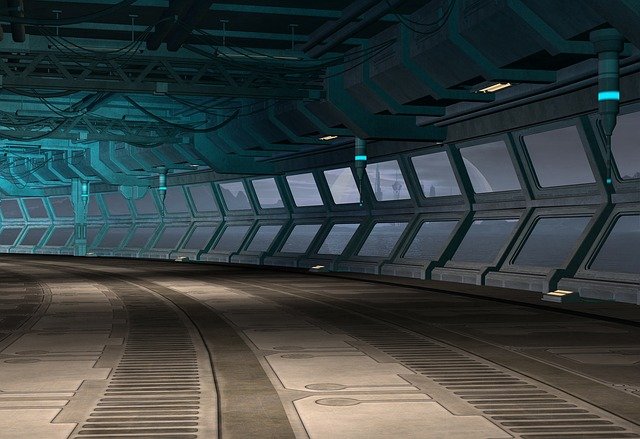As NASA’s DART spacecraft slammed into an asteroid, a small satellite called LICIACube watched from afar – now it has sent back its first images of the collision
Plumes of debris erupting out of the asteroid Dimorphos
ASI Italian Space Agency
NASA has smashed a spacecraft into an asteroid, and a small satellite watched the whole thing happen. The Double Asteroid Redirection Test (DART) crashed into the 160-metre-wide moonlet Dimorphos on 26 September. Now, the Light Italian CubeSat for Imaging of Asteroids (LICIACube) has sent back images of the collision from up close.
DART’s goal in smashing into Dimorphos, which orbits a larger asteroid called Didymos, was to change its orbit in a test of how we might be able to deflect an asteroid heading towards Earth. While the spacecraft documented its approach to the asteroid, it was destroyed in the actual collision.
That is where LICIACube comes in. DART carried the 14-kilogram satellite in a spring-loaded box and then ejected it on 11 September so it could fly past Dimorphos at a safe distance after the collision. This was key to both figuring out how the collision affected the asteroid itself and determining whether its orbit was changed.
Advertisement
The first images from LICIACube show huge plumes of debris erupting out of Dimorphos after the collision. These pictures have not been analysed by scientists yet, but eventually they will reveal information about the asteroid’s interior and how much of it was destroyed in the smash-up.
“Now the science can start,” said Katarina Miljkovic at Curtin University in Australia, in a statement. “We needed a large-scale experiment… This is to ensure that, should Earth ever encounter a dangerous asteroid hurling towards us, we would know what to do.”
It will take at least a few days to observe and calculate how Dimorphos’s orbit around Didymos has changed. That will depend in large part on the asteroid’s internal strength and whether its surface crumbled on collision or stood up to the crash. It’s like hitting something with a baseball bat – if the object is a rock and doesn’t crumble, it will go further than a piece of fruit that breaks up into many pieces. This information will help determine how future missions to protect Earth from any potentially dangerous asteroids should be designed.
Sign up to our free Launchpad newsletter for a voyage across the galaxy and beyond, every Friday
More on these topics:

